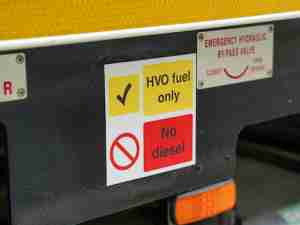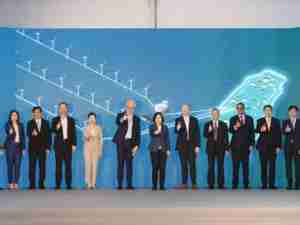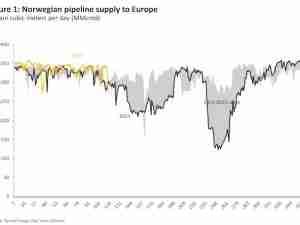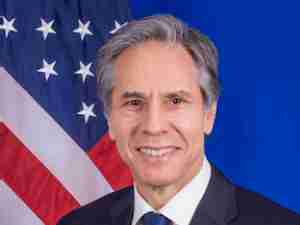Norway’s Economy Barely Grows as Oil Price Crash Threatens
By: Saleha Mohsin | Feb 16 2016 at 04:53 AM | International Trade
Norway’s economy barely expanded in the fourth quarter as consumer spending held up amid a plunge in oil prices. Mainland gross domestic product, which excludes oil, gas and shipping, grew 0.1 percent, after being revised to unchanged in the third quarter, Statistics Norway said on Tuesday. Mainland growth was seen at 0.1 percent in a Bloomberg survey. Total output shrank 1.2 percent. Recession “is absolutely a risk,” said Erik Bruce, a senior economist at Nordea Bank in Oslo. “While we see growth at around zero, there’s a good chance we will see negative figures, maybe even two quarters in a row.” Mainland growth at the end of last year is below Norges Bank’s estimates, which means the central bank will act on its signalto cut rates to 0.5 percent in March, according to economists at Nordea and DNB. The krone weakened 0.1 percent to 9.6251 per euro as of 10:52 a.m. in Oslo. The economy of western Europe’s biggest oil producer has been struggling to withstand a plunge in oil prices. Companies such as Statoil ASA have cut thousands of jobs, sending ripples through the rest of the economy. Exports fell 2.9 percent in the fourth quarter, while petroleum and shipping industry output decreased 5.6 percent, the agency said. While consumer spending rose 0.6 percent in the period, private consumption is “the big risk factor” for Norway, said Kristoffer Kjaer Lomholt, an analyst at Danske Bank. Consumer confidence fell to negative 16.2, the lowest level in nearly 23 years, according to a separate report released Tuesday. The slowdown has driven interest rates to a record low, even as a weaker currency has helped buoy some parts of the economy. At the same time, the nation’s trade surplus is nearly one third from where it was two years ago, adding to concerns that the economic impact from crashing oil prices hasn’t fully been felt.











